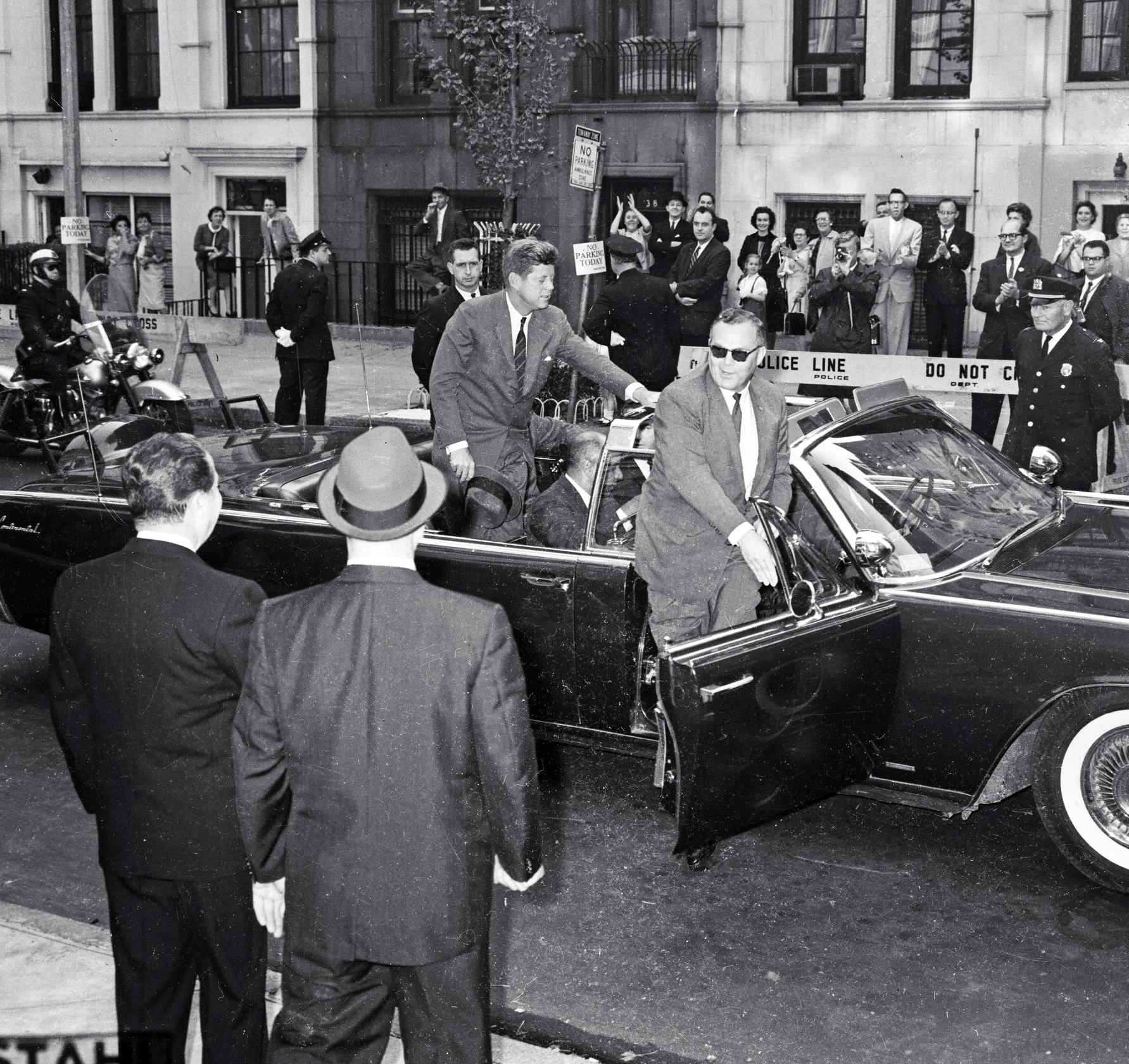Washington, D.C. – On March 18, 2025, the U.S. National Archives released a new batch of documents related to the assassination of President John F. Kennedy, as mandated by the President John F. Kennedy Assassination Records Act of 1992. This latest disclosure, comprising a subset of 80,000 files, offers a fresh glimpse into the events surrounding Kennedy’s death on November 22, 1963, in Dallas, Texas, and the ongoing investigations that followed.
The released documents, totaling 10 files in this initial tranche, include detailed reports, interviews, and correspondence from agencies such as the FBI and CIA, shedding light on the activities of key figures and operations in the early 1960s. While the prevailing narrative holds that Lee Harvey Oswald acted alone in assassinating Kennedy, some of the newly declassified materials hint at broader contexts and potential connections that may challenge or expand this understanding.
One surprising revelation comes from a 1963 FBI document 124-90092-10016, which details CIA operations in Europe involving William K. Harvey, a prominent CIA operative and station chief in Berlin during the 1950s.
The file includes interviews with Harvey and others, such as Earl Allen Gold, who provided insights into Harvey’s extensive travel and associations with figures like Gordon Stewart and Peter Sichel, both CIA representatives in Germany. While the document focuses on CIA efforts to penetrate the USSR and technical operations in Europe, it raises questions about Harvey’s broader role and potential links to intelligence activities that might intersect with the Kennedy assassination, given his high-level position and global reach.
Another intriguing entry is found in a 1966 FBI report 124-10369-10022, which references a threatening letter from Joachim Joesten, postmarked in Milan, Italy, in August 1966.
The letter, directed at the “Johnson gang” and the “Gehlen gang” (referencing West German intelligence leader Reinhard Gehlen), warns of imminent retribution against those opposing “American patriots” and the “usurper regime.”
Shared with the White House and Secret Service, this document suggests lingering tensions and conspiracy theories in the years following Kennedy’s death, potentially pointing to broader political undercurrents or retaliatory motives.
A 1975 interview with William K. Harvey, conducted by David W. Belin for the Commission on CIA Activities, is also among the releases 157-10005-10141.
Harvey, who served as head of the Soviet Intelligence Branch and station chief in Rome, denied any personal knowledge of CIA assassination plots against foreign leaders like Patrice Lumumba or others, except for Fidel Castro.
However, his prominent role in CIA operations during the Kennedy era invites scrutiny, especially given the agency’s documented interest in anti-Castro activities, which some historians link to the broader context of Kennedy’s assassination.
Other files, such as a 1967 CIA report on Mexican political unrest 124-10279-10020 and a 1958 FBI airtel about Cuban pilot Pedro Luis Diaz Lanz 124-10221-10229, provide additional context on U.S. intelligence operations in Latin America and the Caribbean.
While these documents do not directly implicate new suspects in Kennedy’s assassination, they highlight the complex web of Cold War espionage and political intrigue that characterized the era, potentially offering indirect clues about the environment in which the assassination occurred.
The release has already sparked intense interest among historians, conspiracy theorists, and the public, with many calling for further declassification of the remaining 80,000 files.
Critics of the lone-gunman theory point to the recurring names of CIA operatives like Harvey and the mention of shadowy international networks as evidence of possible broader involvement. However, skeptics caution that these documents, many of which remain heavily redacted, may not provide definitive answers but rather add layers of complexity to an already murky historical event.
The National Archives plans to release additional batches of documents in the coming months, with some files still subject to restrictions requiring CIA or National Security Council approval.
As researchers pore over the newly available records, the quest to uncover the full truth behind JFK’s assassination continues, 62 years after the tragic event that shook the nation.

